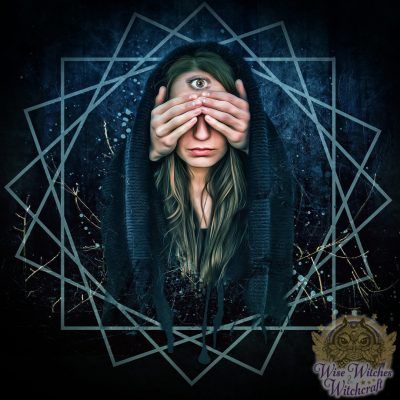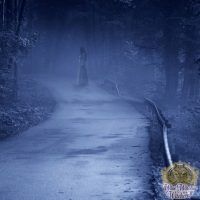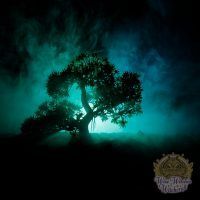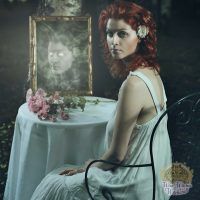Wisecraft for Witches: Parapsychology, Ghosts, & Other Paranormal Terms
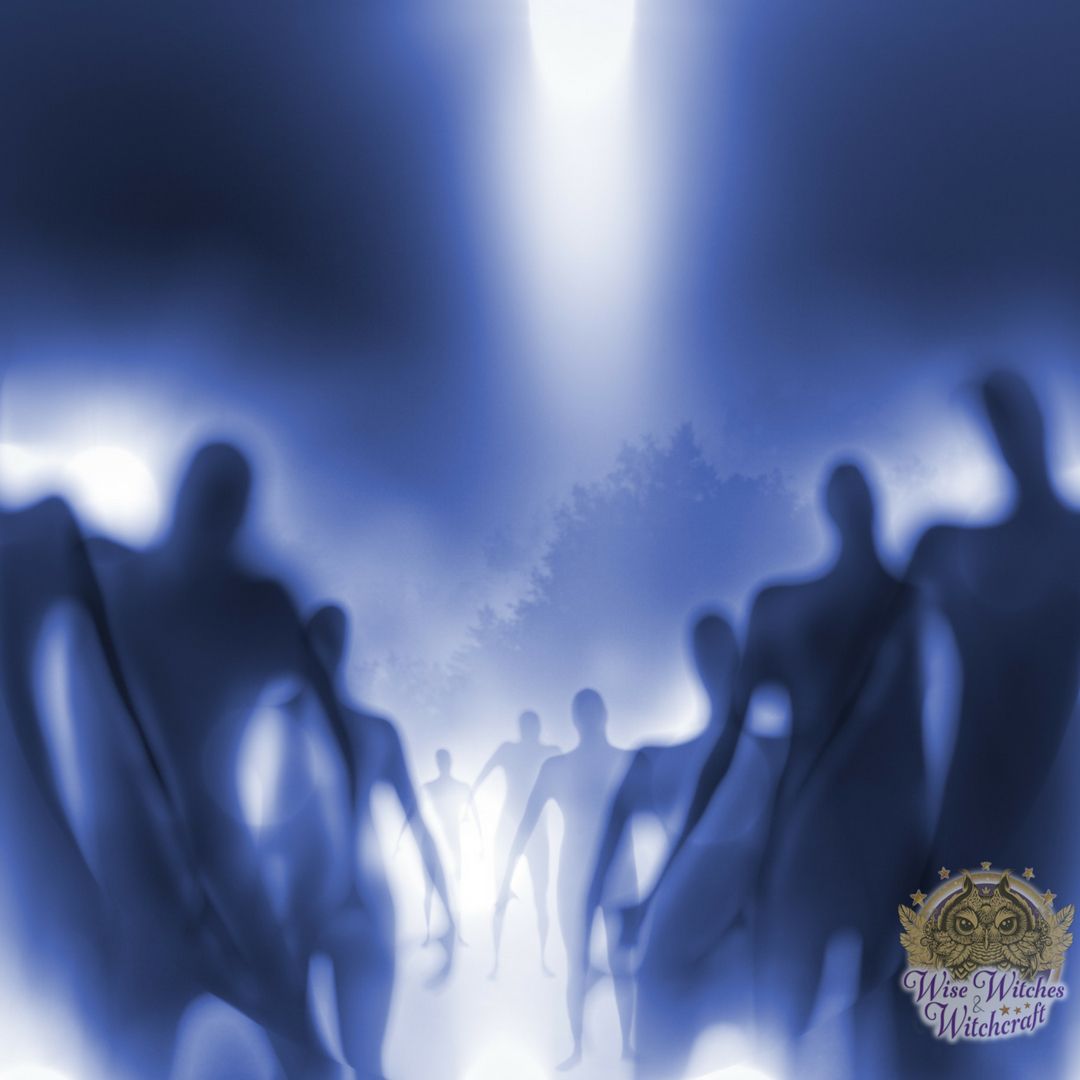
“If there are no dogs in Heaven, then when I die I want to go where they went.”
― Will Rogers
When you begin your research into ghosts and other spectral phenomena, there’s a whole different language waiting for you other than what you learned in Wicca, Paganism, or Witchcraft. Like any career or subject of intense interest, the Ghost Hunter, Psychic, Seer, and even the curious layperson use specific words for defining the afterlife rather precisely (even those things that may not want designations).
Following is a lexicon of the afterlife! The list gives you a good overview and resources for terms used regularly in parapsychology which describing hauntings, supernatural experiences, channeling, psychic aptitudes, divinatory efforts, types of ghosts, and general phantom chasing.

Adjuration: A formula for exorcism, an adjuration involves the use of sacred words or phrases to command a spirit. From the Latin phrase ad jurare, meaning “to swear to.”
Ancillary Channeling: A spiritual ability in which a channeler calls a spirit to himself or herself, listens to the spirit, and conveys the spirit’s information. The spirit does not possess the ancillary channeler.
Angel: Sometimes mistaken for a ghost, an angel is a divine, protective messenger. It often appears surrounded by light or formed out of light. The Greek word angelos means “messenger.”
Anima Mundi: The vital soul of the earth that connects to the universe; all of nature reflects its energy. The Stoic philosophers of ancient Greece conceived of the concept, and later, it is reinforced by sacred geometry.
Apparition: A supernatural occurrence, such as a ghost sighting, that cannot be explained as a natural occurrence. Apparitions of humans, animals, vehicles, and various objects have been seen. The Titanic’s ghostly image is a notable example.
Apsares: Ghosts of noble Hindu warriors who haunt rivers and pools, functioning somewhat like the water nymphs of European lore.
Astral Body: Formed of energy or light, the astral body contains the feelings and experiences of the individual. Astral bodies separate from the physical body and can be seen by others during Out-of-Body Experiences (OBEs) and Near-Death Experiences (NDEs).
Aura: The luminous sphere of energy that surrounds living things, auras are also depicted as haloes on the saints, in many traditions of painting. The sixteenth-century occultist Paracelsus described the appearance of the aura as a fiery globe. Modern writings state that this field shifts in size, color, and intensity according to the being’s moods, health, and mental activity. Some people, therefore, believe the spirit manifests externally as an aura. Visit our sister site BuildingBeautifulSouls.com for information on the meaning and symbolism for Auras.
Automatism: The ability to allow information to flow effortlessly from a spirit to a living being, as in channeling, mediumship, and automatic writing. Pendulum divination, Ouija boards, and table-tipping are also considered automatism.
Autoscopy: A phenomenon reported by those who have experienced OBEs and NDEs. In autoscopy, one sees a visual image of one’s own body from outside.
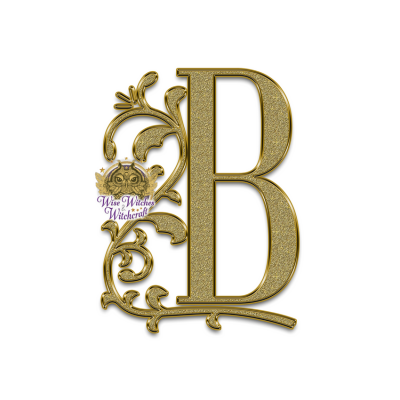
Ba: Egyptian term for the human soul. The ba left the body after death but would return to the body eventually. Artists depicted it as looking much like an angel: As a winged human form that rested in the stars until its return to earth.
Banshee: In Scotland and Ireland, this spirit appears before a person’s death, keening to mourn the family’s loss, and to welcome him or her into the afterlife.
Bardo: A Tibetan term that refers to an intermediate state. The “Tibetan Book of the Dead” describes three Bardos that may be undergone by a dying or dead person. This book is read aloud by a Lama to a dying person, and for forty-nine days after death, to help the person avoid confusion during the transition and attain liberation.
Bilocation: The phenomenon of someone appearing to be in two places at one time. Only one of those images is truly physical. Two Christian saints, St. Anthony and St. Ambrose, were reputed to have this ability, which is known today as a willed Out-of-Body-Experience (OBE).
Boggle: Northern English term for a poltergeist or mischievous sprite.
Boogie Man: The childhood monster ghost, who is supposed to live under the bed, or in the closet.
Bourru: In Persia, a ghost that looked like an old monk walking the streets around midnight.
Bridge of Sands: Once over this bridge, the spirit cannot return to its body but passes into its next existence. It appears in Greek, English, Chinese, and Norse myth. Consequently, a ghost is a spirit that neither crossed this bridge nor returned to its body.

Channeling: Channelers and mediums transmit messages from spirits in the astral realm. They become a sort of inter-dimensional telephone line.
Clairaudience: The ability to hear clearly the voices of ghosts, and other sounds normally inaudible to the human ear.
Clairvoyance: The ability to see in the mind’s eye residual memories from an object or place and to describe them.
Cloud People: Pueblo spirits with whom the spirits of the dead, the Ancestors, are identified. The Cloud People live in the four corners of creation.
Conjure: To summon or urge a spirit to manifest itself, usually for a specific task such as answering questions.
Corpse Candle: An odd light that presages death, considered a type of Will-o’-the-wisp.
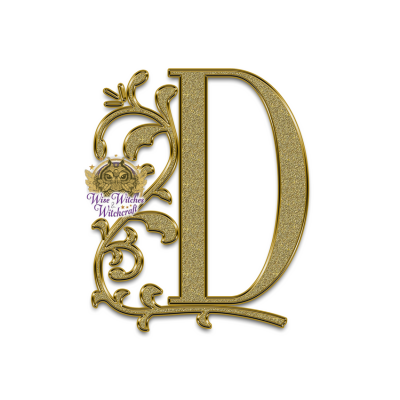
Deathbed Vision: Unlike the Near-Death Experience, a deathbed vision is described as it occurs. Most are positive and last about five minutes, during which time the person sees relatives and a bright light, and experiences an overall feeling of welcome.
Death Coach: An English spirit that collects souls. If one sees this phenomenon, death is occurring or has recently taken place.
Demon: The evil spirit of a fallen angel in Christian tradition.
Devas: Semi-divine entities that are intimately connected with nature, specifically the four elements. In European tradition, the water devas are undines, the earth devas are gnomes or dwarves, air devas are sylphs or fairies, and fire devas are salamanders. The belief in devas appears in other cultures as well, including those of ancient Persia and Tibet.
Disincarnate: Of a form that exists outside the physical body.
Doppelganger: German word for the body’s double, which appears just before, or at the time of, a person’s death. The English poet Percy Bysshe Shelley reported sighting such a creature shortly before he drowned.
Dowsing: A type of divination that uses a forked rod to find something. A spiritual presence can be located by this method.
Duppy: In Jamaica, there is a belief that people have two souls: One good, one evil. On the third day after death, the good soul may return to Africa, while the other becomes a duppy: A spirit that hovers in various forms near the grave. Duppies are most active at noon and midnight when it is best not to be standing at crossroads or in doorways.
Dybbuk: (also Dibbuk) Some Eastern European Jewish traditions describe this entity as the wandering spirit of a dead person who seeks to possess bodies. The Dybbuk goes from one body to the next, to have a vehicle in which to atone for earthly failures and faults.

Earth Sound: A noise heard in rural areas that seems to have no origin and is often mistaken for a poltergeist or other ghostly manifestation. People describe these sounds as varying from a low throb to loud, shaking bursts. Earth sounds may have geological origins.
Ectoplasm: A whitish emission of light near a medium. Ectoplasm forms itself into shapes to confirm a spiritual presence. Most reports of ectoplasm have been debunked. Nonetheless, it is interesting that many ghostly apparitions bear a whitish, semi-formed quality.
Electronic Visual or Voice Phenomena (EVP): Purported spiritual manifestations appearing in TV or radio static, EVP resemble the form, or convey the speech, of a known dead person.
Extra-Sensory Perception (ESP): ESP allows a person’s mind to gather knowledge or information, without using normal sensory input. Forms of ESP include telepathic experiences, clairvoyance, paranormal awareness, and precognition. ESP, according to studies from the last 40 years, is more likely to occur when a person is inactive and alone, away from external distractions. More than 49 percent of Americans believe in some form of ESP.

Fairy: A deva whose pranks are sometimes mistaken for the activities of a ghost or poltergeist. Numerous types of fairies are believed to exist, each of which is connected to an element. Gnomes, for example, are earth fairies. Undines are water fairies. Sylphs inhabit the air, and salamanders embody fire.
Fetch: Old English term for a spiritual body double, likely caused by an Out-of-Body Experience or Near-Death Experience. See doppelganger.
Fetters: Objects, places, or people that bind a spirit to this world.
Floaters: Cells that leak into the vitreous liquid of the eye and can be seen as small circles in one’s field of vision. Floaters are physical, but they are sometimes mistaken for psychic energy or spirits.
Fox Fire: The glow seen on rotting logs or stumps in the dark, emitted by certain types of fungus. Some scientists suggest this may be one cause for phenomena such as Will-o’-the-Wisp and ghost lights.
Fylgja: A Scandinavian spirit double that may take the form of any human or animal. In an Icelandic saga, the hero Njal goes into the battlefield with the god Thor and sees a bloodied Fylgja just before his death. In some regions, the Fylgja is considered an attendant, guardian, and guide in this life and the next. It comes to earth when a child is born and stays with that person throughout life.

Ga-Oh: Seneca Indian spirit that controls and lives in the winds.
Ghost: An apparition, often shadowy, of a dead person. The word comes from the Anglo-Saxon gaest: A shadow or trace of breath or spirit or a faint secondary image. Researchers reserve this term for recurrent apparitions of spirits believed trapped between the worlds. Most ghost sightings are visual. One-third of sightings are also auditory. Most ghosts seem dimly aware of the living beings who see them.
Ghost Light: Generally seen as bobbing and circular luminescence, ghost lights last up to fifteen minutes. The largest number of these luminescent phenomena occur in the mountains of North Carolina. In the Andes, a ghost light sighting portends success in finding hidden treasures. There have been reports of ghost lights on the water off New Brunswick where the sea often seems to glow before storms. These ghost lights change into light-filled columns. See St. Elmo’s Fire.
Glaisrig: In Scottish tradition, a water-dwelling spirit that protects young children and the elderly.
Glossolalia: Speaking in tongues.
Gremlin: An impish, mischievous being off the air, of small stature and great strength.

Harpies: Spirits in Greek mythology that caused tempests and tried to steal food. Ravager or harpies have the body and claws of a bird, the face of a hog, and the ears of a bear.
Haunting: From an old English word meaning “to fetch home.” Hauntings, or recurring ghostly visitations at a specific location, have been reported by every culture in every historical context. Such visitations are not necessarily made by ghosts of humans. Hauntings include repeated sightings of animal spirits and self-propelled objects, like a candlestick floating in the air. Signs of a haunt include mysterious sounds, drafts, temperature changes, objects moving of their own accord, and unusual light manifestations.
Hexagram: A geometric form used as a protective sigil.
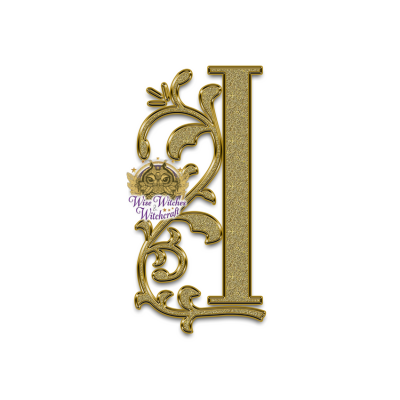
Invisible Presence: A feeling that one is not alone, often engendered by quiet and darkness.

Jiva: The Jain word for the life principle within all things. This energy is indestructible and unquantifiable.

Kbotermannekens: In Flemish lore, these spirits love to trick female dairy workers. At times, people mistake them for ghosts or sprites.
Kelpie: A spiteful spirit, one of which inhabits every stream, pond, and lake in Scotland.
Khmoc Pray: An evil Cambodian tree spirit that forms when a person experiences a violent or early death.
Kirkenauer: Scandinavian term for the wandering spirit of a sacrificed animal that visits churchyards or pews at night.
Kliwa: A fearsome, airborne spirit in Taos culture. Its breath bears all manner of sickness.

Luminous Body: A faint glow in a dead body that signifies a soul’s imminent departure.

Ka: Egyptian version of the fetch or doppelganger.
Medium: A person who communicates with spirits, often during trance states. There are two types of mediumship: Physical and mental. Physical mediumship manifests in the medium’s behavior and in the environment through phenomena such as rapping and breezes. The mental medium hears and sees spirits and can communicate information from them. At times, the mental medium may voluntarily allow spirit possession to channel more information.
Memory Imprint: An energy remnant that leaves a mark on a room or region. Memory imprints act like a psychic photograph or repeated movie loop and can be discerned by some people.
Mountaintop Glow: Blazing sheets of light that appear on the Andean peaks of Bolivia, Peru, and Chile, and also seen in some regions of the Alps. Researchers consider this a type of St. Elmo’s Fire, but many natives attribute these mysterious phenomena to ancestors or gods.

Navky: In Slavic cultures, the ghost of an unbaptized child or the spirit of a child killed by its mother. The Navky wails and cries in trees, sometimes distracting travelers or asking strangers for aid as they pass.
Near-Death Experiences (NDEs): A group of phenomena recounted by people who have been briefly dead, or has come very close to death. The Egyptian Book of the Dead alludes to NDEs and explains what the newly deceased can expect to encounter. Accounts of NDEs are not limited to any particular religious or social group, and all survivors of such experiences say it changes their perception of death dramatically. The study of NDEs has contributed supporting evidence ghosts, or some form of an afterlife is possible.
Necromancy: A type of divination in which the diviner or necromancer contacts one or more spirits of the dead, to obtain information. In some instances the spirit is conjured to appear; in others, such as Ouija sessions, it communicates less directly.
Numinous Experience: The feeling of being in the presence of supernatural power, force, or entity. Sweeping emotions like awe, ecstasy, humility, or confusion may follow. Generally, this is an encounter with a Master-Teacher or a divine entity, rather than a ghostly encounter.
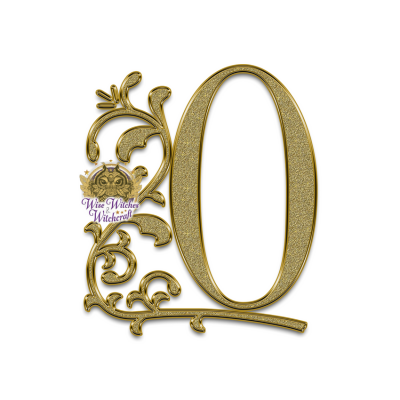
Ocean Lights: A phenomenon in which a body of water seems to radiate with bands or wheels of light, seen especially in the Indian Ocean and the South China Sea during August and January. Sailors and natives to these regions attribute such sightings to spirits.
Ouija Board: A flat board, printed with letters and the words “yes” and “no.” The Ouija board is used in conjunction with a pointer, to ask questions of spirits.
Out-of-Body Experiences (OBEs): Similar to NDEs, but the person having the experience is not in danger of dying. Surveys estimate that eight to fifteen percent of the population has experienced some form of OBE. Many cultures were interested in this phenomenon and had credited their holy persons with willed OBEs. Enoch, in the Old Testament, is one example. During OBEs, people remain aware of their physical body, astral body, and their surroundings. In such cases, they have heightened senses, and feel liberated.
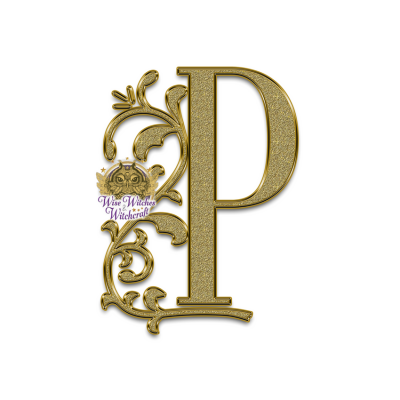
Paranormal: Of an occurrence that extends beyond the boundary of rational cause and effect. The word means beyond the normal.
Parapsychology: The peripheral areas of psychology in which the cause and effect of paranormal experiences are studied. Generally, this field focuses on testing extra-sensory perception and psychokinesis in controlled settings. Max Dessoir, a German psychical researcher, coined the term.
Pendulum Divination: A form of divination using an object suspended by a string over a region. The movements of the object determine the answers to questions; sometimes the questions are posed to spirits.
Planchette: An early version of the Ouija board, this tool was created to reach the world of spirits. Made from wood shaped like a heart, and placed on casters, it is fitted with a pencil. In one type of automatism, a medium places his or her hand on the planchette, which then writes a message. The pointer that glides over a modern Ouija board is stilled called a planchette.
Poltergeist: A spiritual entity that tends toward noisy and sometimes violent outbursts. Reports of poltergeists survive from first-century Rome and were common in the Middle Ages and Renaissance. They were even reported by Martin Luther. More recent studies indicate that poltergeist activity usually lasts from two weeks to two months, with some manifestations extending for more than a year. The activity centers around one person, usually a woman under twenty who exhibits signs of emotional distress. Consequently, psychologists now believe that some poltergeist activity may be caused by living beings who are having a psychic reaction to abuse or other traumas.
Possession: A spirit taking control of another person’s body, literally forcing out the residing soul. In earlier history, people with mental disorders and odd physical ailments were considered possessed.
Preta: In Hindu lore, a tiny spirit that wanders for a year near its old home. Stories of preta indicate that this spirit may belong to a child who died very young. Buddhists believe that rebirth as a preta is due to the karma of greed and that these beings can live near crossroads and barriers in this world, as well as in their own realm.
Psychic: Both a noun and an adjective, this term applies to experiences and occurrences that defy conventional ideas about the limits of the human mind and its capacity for extra-sensory awareness. Phenomena in this category include extra-sensory perception, auric reading, and mediumship. A person with such talents is often called a psychic, seer, or sensitive.

Querent: Someone who poses a question to a diviner.

Rapport: A connection with the dead, specifically the communion established by a medium through meditation and trance states.
Reincarnation: The belief that the soul goes into a temporary waiting period after death, and then is reborn into a new body where it can learn lessons necessary to achieve enlightenment. This belief, while most popular in Hindu teachings, also had adherents among the ancient Druids and the Cathars of the Middle Ages. It is also found in some schools of Cabalism and in many Native American traditions.
Retzechith Chayalalim: In Jewish legend, an angelic spirit that bears the gift of life.
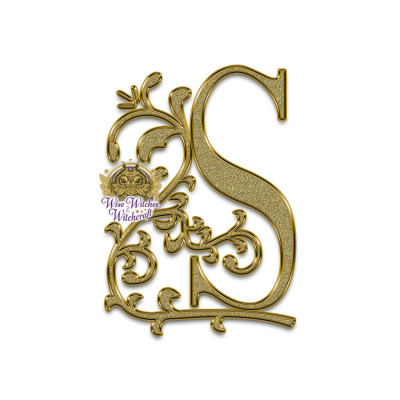
St. Elmo’s Fire: St. Elmo, or Erasmus, is the patron saint of sailors. According to legend, he survived a lightning strike. During storms at sea, the appearance of balls of light on top of the ship’s mast or a sailor’s head is considered a sign of St. Elmo’s presence. Although St. Elmo’s fire hisses and crackles like normal fire, it does no damage. Instances of St. Elmo’s fire have also been noted on land; many are regarded as manifestations of spirits. Scientifically, St. Elmo’s fire is thought to be caused by concentrated, charged electrons.
Sand Altar Woman: A Hopi Indian spirit who protects women during childbirth, and safeguards game animals from harm.
Scrying: A form of divination in which a person looks intently at an object, such as a flame or crystal, to see images appear in it. These images can be literal or symbolic, and give answers to the questions posed by a querent. Some people feel the images are generated by a spirit.
Séances: Gatherings guided by mediums to contact and to communicate with specific dis-incarnate beings, often the loved ones of those present.
Sendings: Icelandic term for revenging spirits commanded by a necromancer (see also necromancy). The only vulnerable spot on a sending is its white center; if this is speared with iron, the sending is dispelled.
Shade: Old English word for ghost.
Smudging: Using incense to purify an area of unwanted energies, often with sage.
Specter: A term for the apparition of a ghost or spirit; from the Latin spectare, meaning to behold or to look at.
Spirit: A disembodied intelligence or consciousness, with a definite personality, will, and disposition. From the Latin spiritus, meaning breath. This term may also refer to supernatural beings such as fairies and sprites.
Spiritualism: A religious system with a strong central belief that there is life after death, and that communication with ghosts is possible with the aid of a trained medium.
Supernatural: The domain that is beyond nature and ordinary experience, where spirits abide.
Swamp Gas: A natural occurrence often mistaken for a ghostly apparition. Decaying matter in the swamp creates a combustible gas, which may explain sightings like those attributed to the Will-o’-the-Wisp.
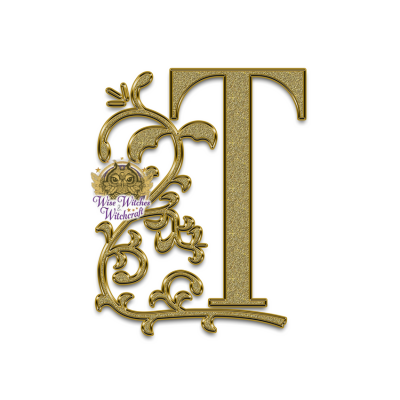
Theomania: Possession by a beneficent entity, such as occurs in some channeling sessions. Among some New Age philosophers, this may also be a manifestation of the individual’s Higher Self, which creates a persona through which specific ideas or lessons may be imparted.
Thought Form Energy: that takes on partial substance, caused by a frequently recurring thought. For example, someone who focuses on a specific fear may eventually “see” that fear, as a dark, looming cloud.
Trance: A heightened meditative state in which a person can cross over to, and communicate with, the supernatural world. Shamans, mediums, and medicine people from many tribes practice reaching this state for visionary experiences or to prepare for spirit possession.
Transmigration: The belief that a soul moves from one body to the next through the process of reincarnation. Some cultures believe a soul can transmigrate into the body of an animal, and into a human body.

Utburd: Scandinavian term for the vengeful ghosts created by sickly infants.
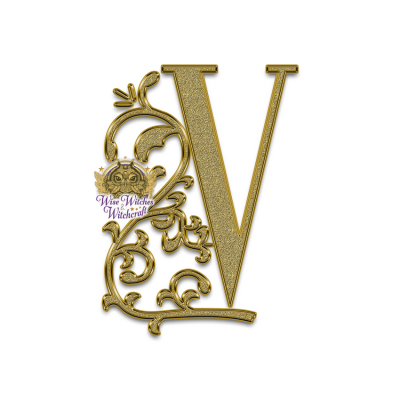
Vardger: Norwegian version of a doppelganger or fetch.
Vassage: The spirit inhabiting a scrying crystal. During scrying sessions, it communicates by forming literal or symbolic visual images.

Will-o’-the-Wisp: Also called Foxfire, this round flame floats enigmatically in mid-air. Records of this phenomenon go back to Roman times. The most common forms of Will-o’-the-Wisp are yellow or blue flames that dance or bob above the ground. In German folklore, the Will-o’-the-Wisp was believed to be a lost or trapped soul, while some Native American traditions regard it as a fire spirit that warns of danger. Some African societies believe this light comes from a witch who wishes to scare wrongdoers into behaving properly. In Russia, these lights are thought to be the souls of stillborn children. And in other European traditions, these lights are spirits that were too evil to reach heaven, but not so corrupt that they deserved hell. The Latin term for this manifestation is ignis fatuus, meaning “fool’s fire.” This term originated in Rome where travelers mistook the apparition for the lights of a nearby town. Following this light, the travelers wandered off the road into the swamps.
Winti: A Guianan spirit that exists without material substance.
Wraith: A type of doppelgänger seen at the moment of death, or just before it. Wraiths are a type of “crisis” ghost−the projected spirit of a person facing mortality, appearing to communicate a last message to the living.
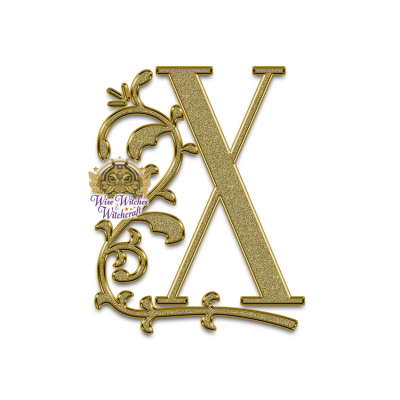
Xenoglossy: Writing or speaking in a tongue or language the individual has not had a chance to master or has not been exposed to enough to know fluently.
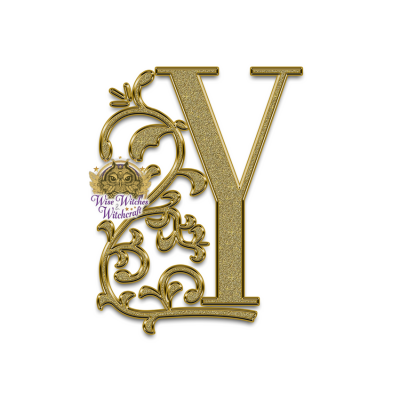
No terms available for the letter Y.
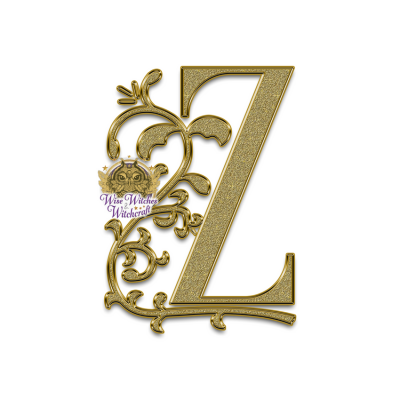
Zener Cards: Or ESP Cards feature shapes which are used in psychic testing to assess one’s psychic abilities versus guessing. Created by Karl Zener, a psychologist, the cards contain three wavy lines, a star with five points, a Greek cross (appearing as an equal-armed cross or plus sign), and a square in the traditional deck. The deck contains five cards for each shape.

